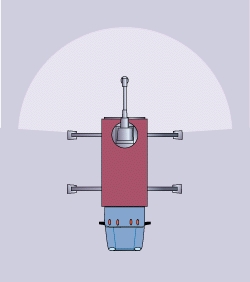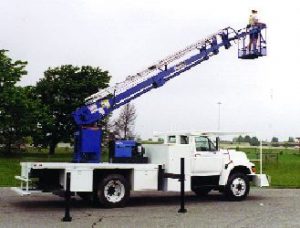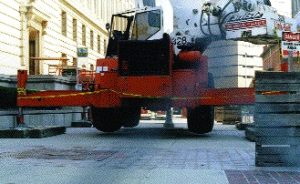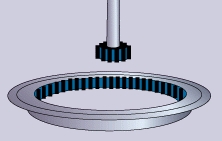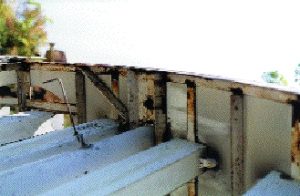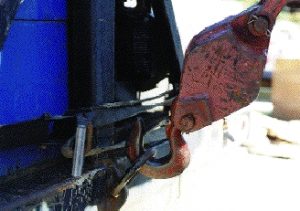I admit it. I’m a crane lover. Oh sure, ladders are fun. Bucket trucks can be exciting. When I stroll the floor at a tradeshow, however, I find myself strangely drawn to the crane section, where I stand scrutinizing the latest beasts of burden. I’m seized by an uncontrollable urge to push levers and throw switches. I want to see lifting charts and outriggers and play with all the latest gadgets. My face wears that silly "Tim’s got a new tool" expression.
If you’re like most people, though, sign cranes may be something you approach with a mixture of awe and uncertainty. Your signshop has been doing well, and a lot of your customers want to know if you can install as well as manufacture. While I’m standing up on the truck bed happily fiddling with the load control, you’re the one browsing through the sales literature with a puzzled look on your face. I know that expression, because it’s the same one I wore when I got my computer-software training manual.
It occurred to me that, if people can write inscrutable training literature for computers, why couldn’t I attempt to do a somewhat better job explaining the fundamentals of proper crane operation? After all, as important as computers may be, I don’t think there’s a single confirmed case of anyone being killed by his IBM or Packard Bell. Unfortunately, we can’t make this claim about sign cranes, particularly when they are improperly used.
Cranespeak
You’ve heard those commercials that say, "Your car is talking to you." I can confirm that machines do speak, and sign cranes are no exception. They use a very primitive vocabulary ranging from minor squeaks warning, "I need some lubrication," to loud metal-buckling noises that advise, "Move rapidly, because I am about to squash you like a bug!" For a crane operator to understand this language, he must be familiar with the equipment.
Familiarity is the most important precondition for safe crane operation, and signshops should refrain from sending novice operators out on the job or switching cranes frequently back and forth between operators.
Crane theory
Understanding the theory of crane operation is important for safety. A lifting chart with the crane’s load ratings should be mounted on the equipment. This chart confirms two inescapable factors of crane design:
1) The more the boom is extended, the lower the weight-lifting capacity.
2) The lower the boom angle, the lower the weight-lifting capacity.
Besides the foolhardy practice of operating in the vicinity of power lines, the most hazardous situations involving cranes occur when loads are lifted at full extension and/or low boom angles. In these positions, it is common for the equipment to be pushed to its limit of safe operation. Frequently, sign companies do not have accurate information on the weights of signs or poles to be installed or removed. Generally, signs are not particularly heavy for their size, because they are usually composed mainly of aluminum and plastic.
However, many pole signs or older signs with substantial steel framing may be quite heavy. When removing existing signs, it is essential to determine the approximate weight your crane will be lifting. Customers are notorious for underestimating loads (i.e., "I’m sure your crane can handle it"). If you suspect that a sign or pole may be too heavy for your equipment, contact the sign manufacturer to obtain reliable data before proceding. You can’t be certain that you’re working safely if you aren’t sure about the weight of the load. Also, changing the boom angle at maximum extension can drastically alter the safe lifting capacity. If your crane is rated to lift 2500 lbs. at 80
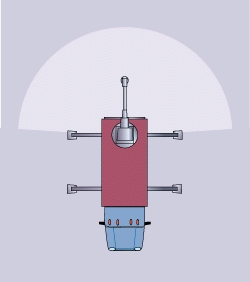


 Tip Sheet1 week ago
Tip Sheet1 week ago
 Photo Gallery2 days ago
Photo Gallery2 days ago
 Ask Signs of the Times4 days ago
Ask Signs of the Times4 days ago
 Real Deal1 week ago
Real Deal1 week ago
 Benchmarks7 days ago
Benchmarks7 days ago
 Women in Signs1 week ago
Women in Signs1 week ago
 Photo Gallery1 week ago
Photo Gallery1 week ago
 Women in Signs1 week ago
Women in Signs1 week ago